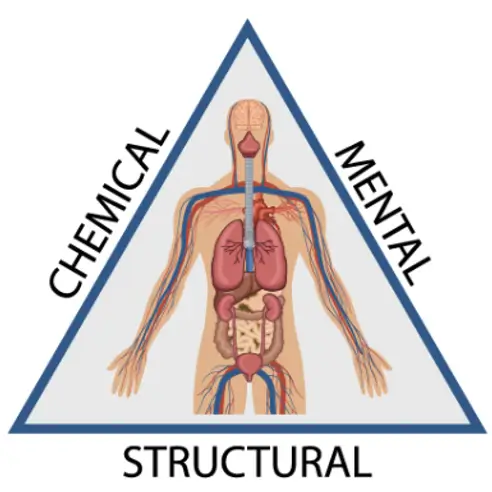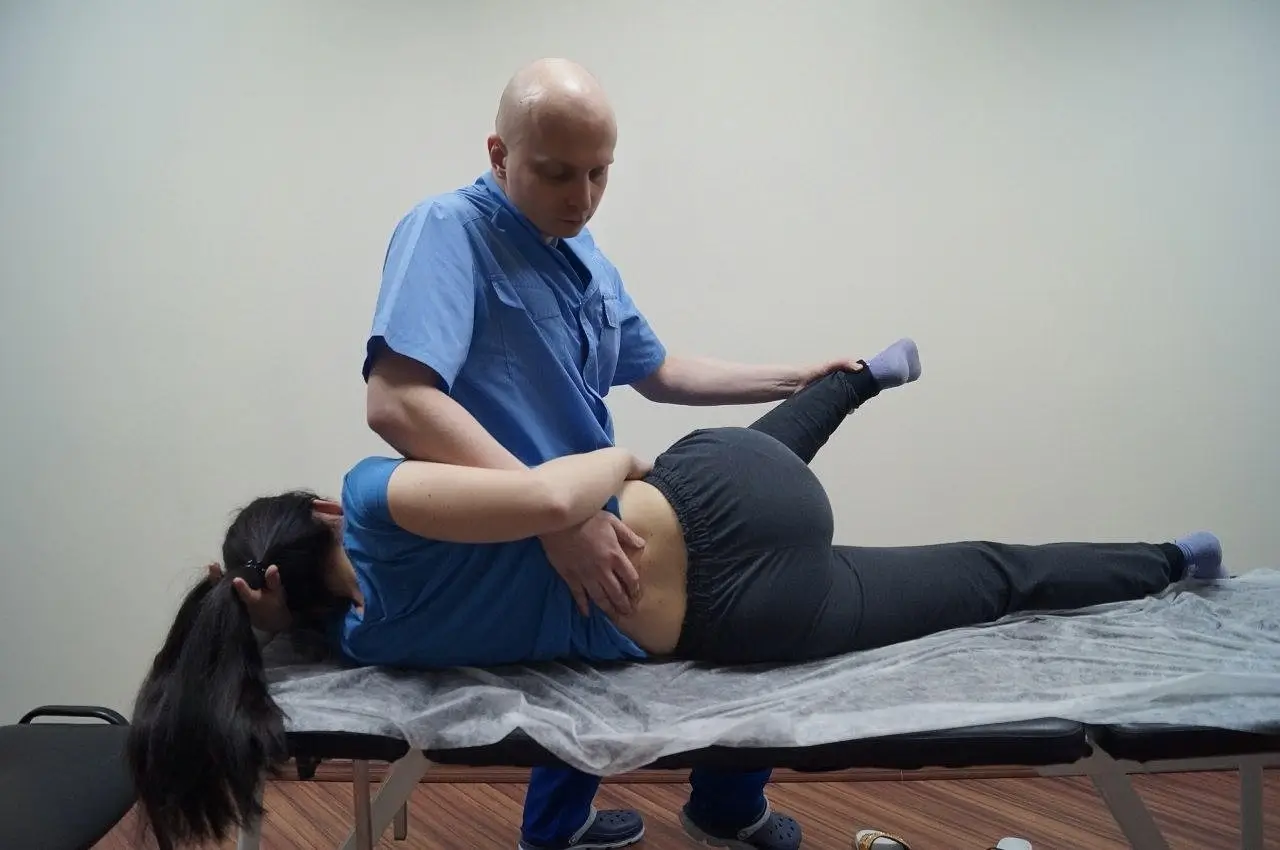

Kinesiological testing in applied kinesiology
APPLIED KINESIOLOGY
Kinesiological testing in applied kinesiology is a relatively new interdisciplinary field in medicine that integrates various methods of diagnosis and treatment through the study of movement and muscle function. The method uses muscle testing as feedback on the state of the body. Based on the test results, exercises and other therapeutic techniques are selected to restore balance and improve health.
 Applied KinesiologyThe American osteopathic physician George Goodhart is considered the founder of applied kinesiology. He noticed that people with problems in their bodies showed muscle weakness when tested in certain positions. So Goodhart came up with the idea that muscles could be used as an indicator of health. In the 1960s, he suggested using muscle testing to detect functional disorders in the body. Since then, this direction has been actively developed in many countries.
Applied KinesiologyThe American osteopathic physician George Goodhart is considered the founder of applied kinesiology. He noticed that people with problems in their bodies showed muscle weakness when tested in certain positions. So Goodhart came up with the idea that muscles could be used as an indicator of health. In the 1960s, he suggested using muscle testing to detect functional disorders in the body. Since then, this direction has been actively developed in many countries.
Theoretical principles of applied kinesiology
The main principle of applied kinesiology is the existence of a close relationship between the state of skeletal muscles and the work of internal organs, nervous system, biochemical processes.
Diagnostics is based on the concept of "health triad", which includes structural, biochemical and emotional components. It is believed that a disturbance in any of these areas leads to imbalance and the development of pathology.
Another key principle is the use of "biofeedback" to the body through kinesiological muscle testing. Weakening of a muscle indicates some disorder in an associated organ or system.
Distinguished from kinesiology and kinesiotherapy
Applied kinesiology should not be confused with general kinesiology and kinesiotherapy.
Kinesiology is the basic science of movement that studies the biomechanics, physiology, and neurophysiology of motor activity.
Kinesiotherapy uses movement for therapeutic and preventive purposes. It is a type of therapeutic exercise.
Applied kinesiology integrates the advances of these fields for a holistic approach to the diagnosis and treatment of a particular patient.
Manual kinesiological muscle testing
The primary diagnostic tool in applied kinesiology is manual muscle testing. In this case, the doctor applies a certain resistance to the patient's working muscle in isometric mode. The strength of the muscle and the nature of its reaction are evaluated. The "weak" muscles can be identified, which indicates functional disorders in the associated areas. Individualized treatment is then selected to restore muscle balance. Kinesiological testing also makes it possible to evaluate the body's response to various therapeutic effects and to select the optimal therapy.
Areas of application of the method
- Applied kinesiology can be applied to a variety of conditions:
- musculoskeletal disorders;
- functional disorders of internal organs;
- neurological diseases;
- metabolic and nutritional disorders;
- chronic stress and psycho-emotional disorders.
- Shoulder periarthritis
- Joint contractures
- Sports injuries
- This method is also recommended for prevention and recovery after intense physical exertion.
Applied kinesiology is a promising branch of integrative medicine, kinesiological testing allows the study of motor function to assess the state of various systems of the body and select an effective therapy. The integrated nature of this approach opens up new opportunities for diagnosing and treating complex and comprehensive health disorders.
☛ Benefits of muscle-energy techniques.
☛ Combining Kinesio Taping with Osteopathic Techniques.




